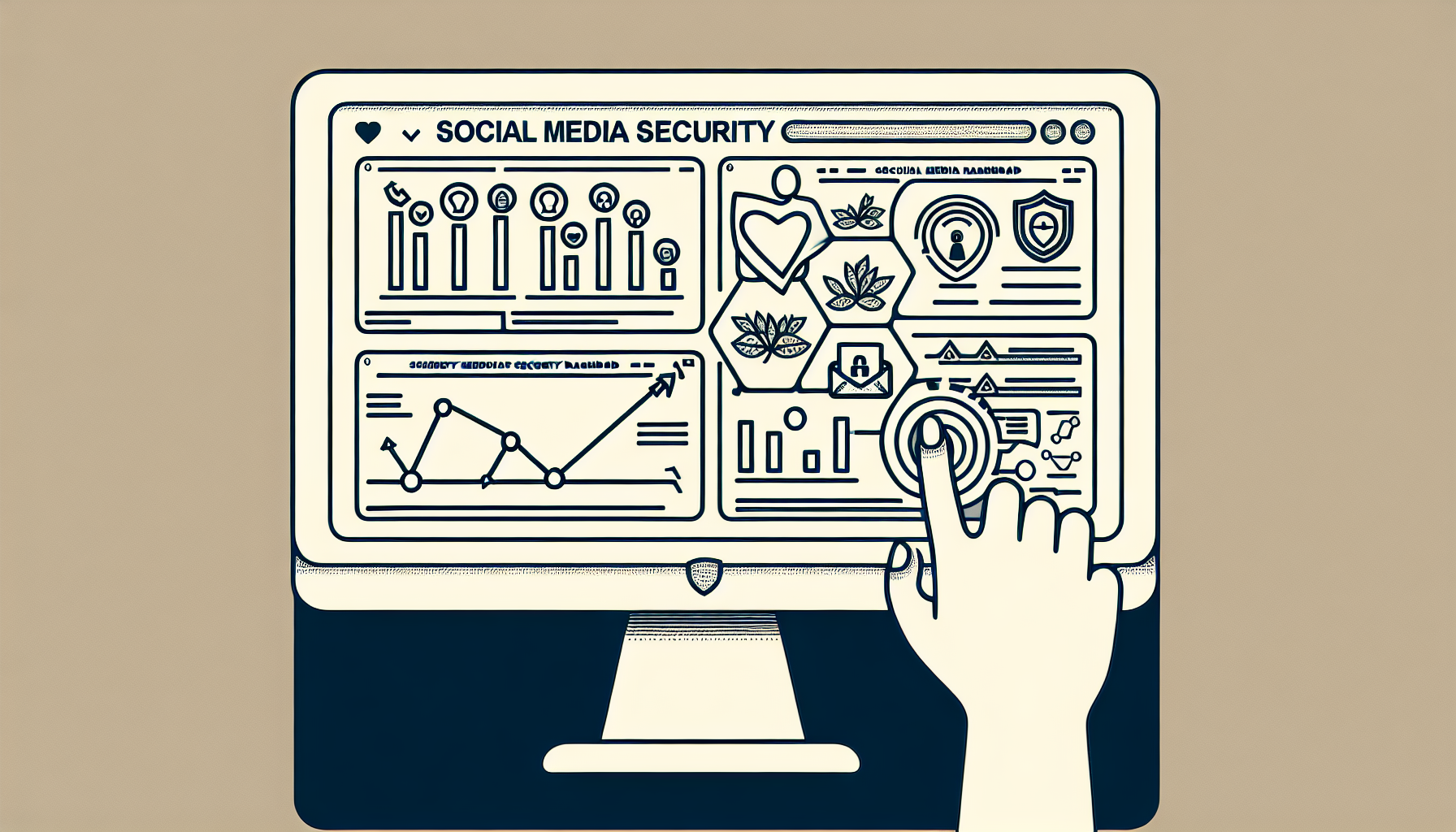In today’s interconnected world, social media security is no longer just an afterthought for brands. With the rapid increase in digital interactions, the risks involved have multiplied, making it essential for brands to prioritize their online security. From protecting brand reputation to safeguarding customer trust, understanding social media security is critical in navigating this complex landscape.
Social Media Security Defined
Social media security refers to the practices and measures taken to protect a brand’s social presence from various threats. With so much at stake, it’s vital to understand what kind of threats companies might face. Here are some of the most common:
- Password Theft: Weak or reused passwords provide easy access for cybercriminals.
- Account Impersonation: Malicious actors may create fake accounts that damage trust and relationships.
- Phishing and Social Engineering: Techniques that trick employees into revealing sensitive information.
- Malware: Harmful software that can infiltrate systems through social links or posts.
- Spam and Bot Accounts: These can clutter feeds and mislead genuine users.
- Privacy Breaches: Unauthorized access to private data can have lasting repercussions.
The Impact of Security Breaches
The consequences of a security breach can be devastating. Companies may suffer from severe brand reputation damage, leading to a loss of customer trust. The reality is that 78% of consumers say a brand’s social media presence significantly influences their trust in that brand. Legal ramifications also loom large, especially with stringent regulations like GDPR and CCPA dictating how customer data should be handled. Failure to comply can result in hefty fines and further damage to a brand’s image. Financial losses associated with breaches often extend beyond immediate costs, contributing to long-term downturns in business.
Best Practices for Enhanced Security
Creating Strong Passwords
Implementing unique and complex passwords is foundational for social media security. Multi-factor authentication (MFA) adds another layer of protection, making unauthorized access more difficult. Tools like Sprout Social that manage passwords securely can alleviate the struggle of keeping track of multiple, complex passwords.
Ongoing Employee Education
Human error remains a significant factor in security breaches. Regular training and refreshers on recognizing social media threats are crucial. Employees should be educated not just on potential phishing attempts but also on the importance of not sharing sensitive information via social platforms.
Regularly Reviewing Access Permissions
Access permissions should not be a one-time setup. Regular reviews of who has access to what tools and information are necessary to ensure only the right people have the right access. This entails assessing third-party app permissions and setting user permissions based on roles within the company.
Implementing a Crisis Management Plan
Being prepared for a potential security incident is vital. Crisis management plans ensure that all teams—social media, IT, and legal—are on the same page during a breach. A well-crafted response strategy not only helps in mitigating immediate damages but also reassures stakeholders and customers that the brand is proactive about security.
Empowering Executives and Brand Advocates
Executives and brand advocates often become prime targets for cybercriminals. Best practices for managing their social media accounts should include advanced security settings and regular audits. Leadership should also be equipped with tools and knowledge to promote safe online behaviors during employee advocacy initiatives.
Utilizing Secure Social Media Management Tools
Tools like Sprout Social play a crucial role in supporting security measures for social media management. With features like single sign-on, multi-factor authentication, and robust data processing transparency, these platforms help brands journey safely in the digital space. Not only do they reduce vulnerability, but they also promote compliance with data handling standards.
Securing Your Brand’s Digital Future
As we navigate an increasingly complex digital landscape, the urgency for enhanced social media security measures becomes more critical. Brands must take a proactive stance in securing their online presence to maintain reputation and trust. By continually assessing and strengthening security protocols, from password management to employing effective tools, organizations can safeguard their assets and customer relationships. As the adage goes, an ounce of prevention is worth a pound of cure. Are you doing enough to protect your brand?







Leave a Reply